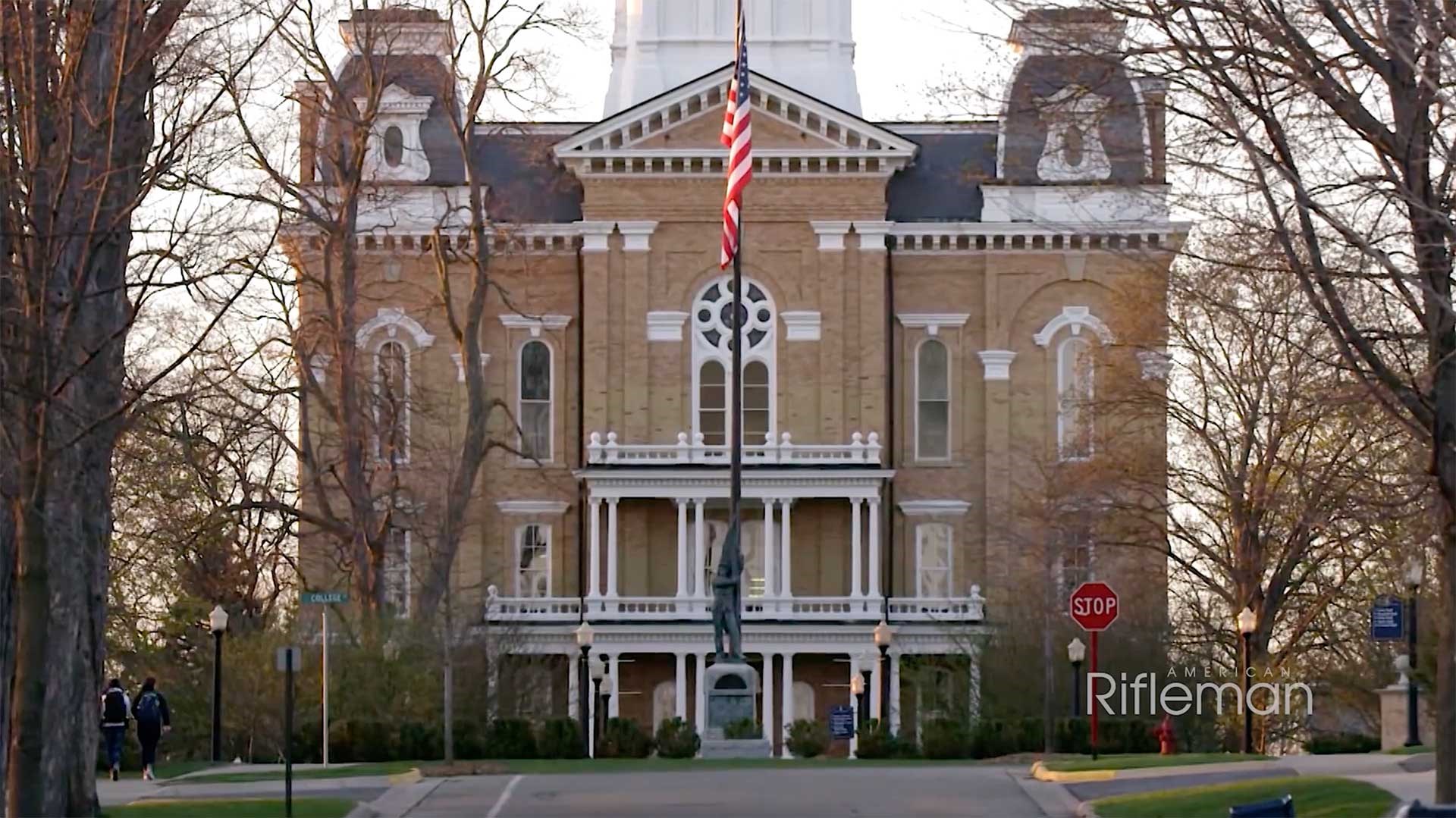This is the easily discredited (as all Marxist ideas)”Labor Theory of Value”
Robert Heinlein illuminated this in Starship Troopers:
“Of course, the Marxian definition of value is ridiculous. All the work one cares to add will not turn a mud pie into an apple tart; it remains a mud pie, value zero.
By corollary, unskillful work can easily subtract value; an untalented cook can turn wholesome dough and fresh green apples, valuable already, into an inedible mess, value zero.
Conversely, a great chef can fashion of those same materials a confection of greater value than a commonplace apple tart, with no more effort than an ordinary cook uses to prepare an ordinary sweet.
These kitchen illustrations demolish the Marxian theory of value — the fallacy from which the entire magnificent fraud of communism derives — and to illustrate the truth of the common-sense definition as measured in terms of use.
ASU professor calls traditional grading racist, suggests ‘labor-based grading’ instead
Arizona State University professor Asao Inoue recently ranted about “White language supremacy in writing classrooms,” during which he called for abolishing traditional grading in favor of “labor-based grading.”
The latter method scores assignments based on the amount of effort students put towards in the work, devaluing quality and accuracy in the grading.
During Nov. 5 lecture at the University of Tennessee titled “The Possibilities of Antiracist Writing Assessment Ecologies”, Inoue claimed that “White language supremacy in writing classrooms is due to the uneven and diverse linguistic legacies that everyone inherits, and the racialized white discourses that are used as standards, which give privilege to those students who embody those habits of white language already”.
In order to rid the classroom of the “Habits of White Language”, Inoue advocated for grading to be based on the time spent on assignments, a move he claims “structurally changes everyone’s relationship to dominant standards of English that come from elite, masculine, heteronormative, ableist, white racial groups of speakers,” The College Fix reported.
Inoue paused several times throughout the speech, according to The College Fix, to allow the audience to practice being “anti-racist” by observing themselves “participating in racism, engaging in white fragility, in white rage, or in white language supremacy”.
Inoue has spent a considerable amount of time promoting his grading philosophy. As Campus Reform reported in March, he wrote a 358 page book titled Labor-Based Grading Contracts: Building Equity and Inclusion in the Compassionate Writing Classroom.





